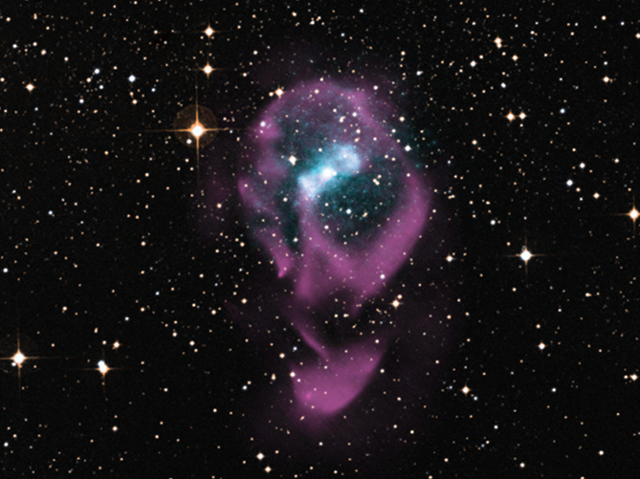New model: Black holes, neutron stars drove Universe’s reionization
Ars Technica » Scientific Method 2014-02-05

During the first billion years of the Universe's history, the gradual cooling from the Big Bang was reversed, and much of the gas was re-heated and ionized. This event, known as reionization, happened in the epoch where the first stars and galaxies formed. Largely due to the challenges of observing galaxies that far back in time, much is still mysterious about it. Most of our understanding of reionization comes from theoretical models.
One new model, proposed by Anastasia Fialkov, Rennan Barkana, and Eli Visbal, suggests that energetic X-rays could have heated the primoridal gas to the point that reionization happened relatively rapidly. That's in contrast with other hypotheses, which predict a more gradual reionization process. The X-rays in the new model were emitted by systems that include neutron stars or black holes. The nicest feature of the new proposal is that it predicts a unique pattern in light emission from the primordial gas, which could conceivably be measured by current radio telescopes.
Roughly 380,000 years after the Big Bang, the Universe became transparent. Before that time, the ordinary matter—mostly protons and electrons, with a smattering of helium nuclei—was a hot plasma mixed with photons. The transition to transparency occurred when the temperature of the plasma dropped low enough that electrons could join protons to make hydrogen, freeing the photons that we now observe as the cosmic microwave background.
Read 6 remaining paragraphs | Comments




